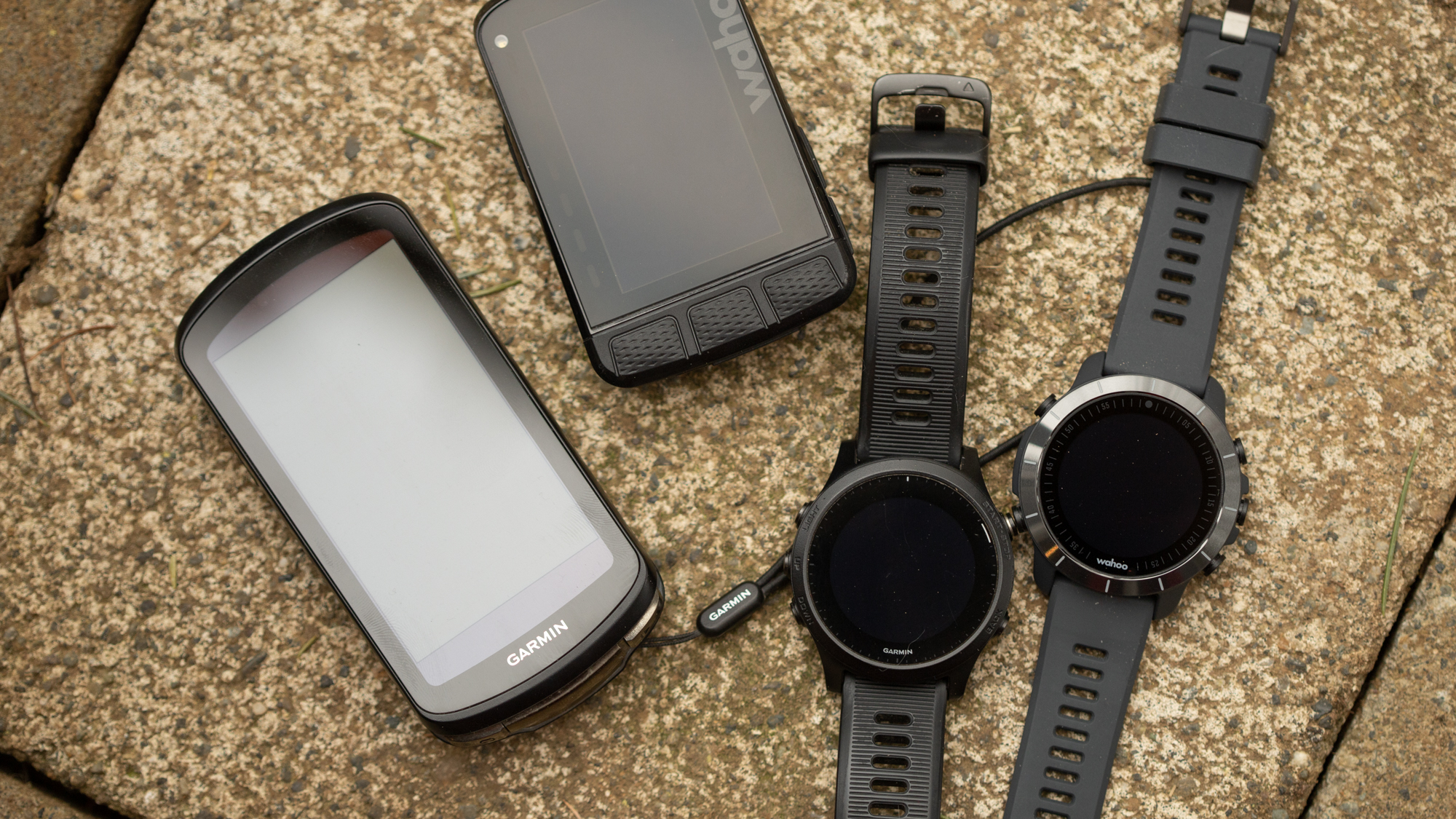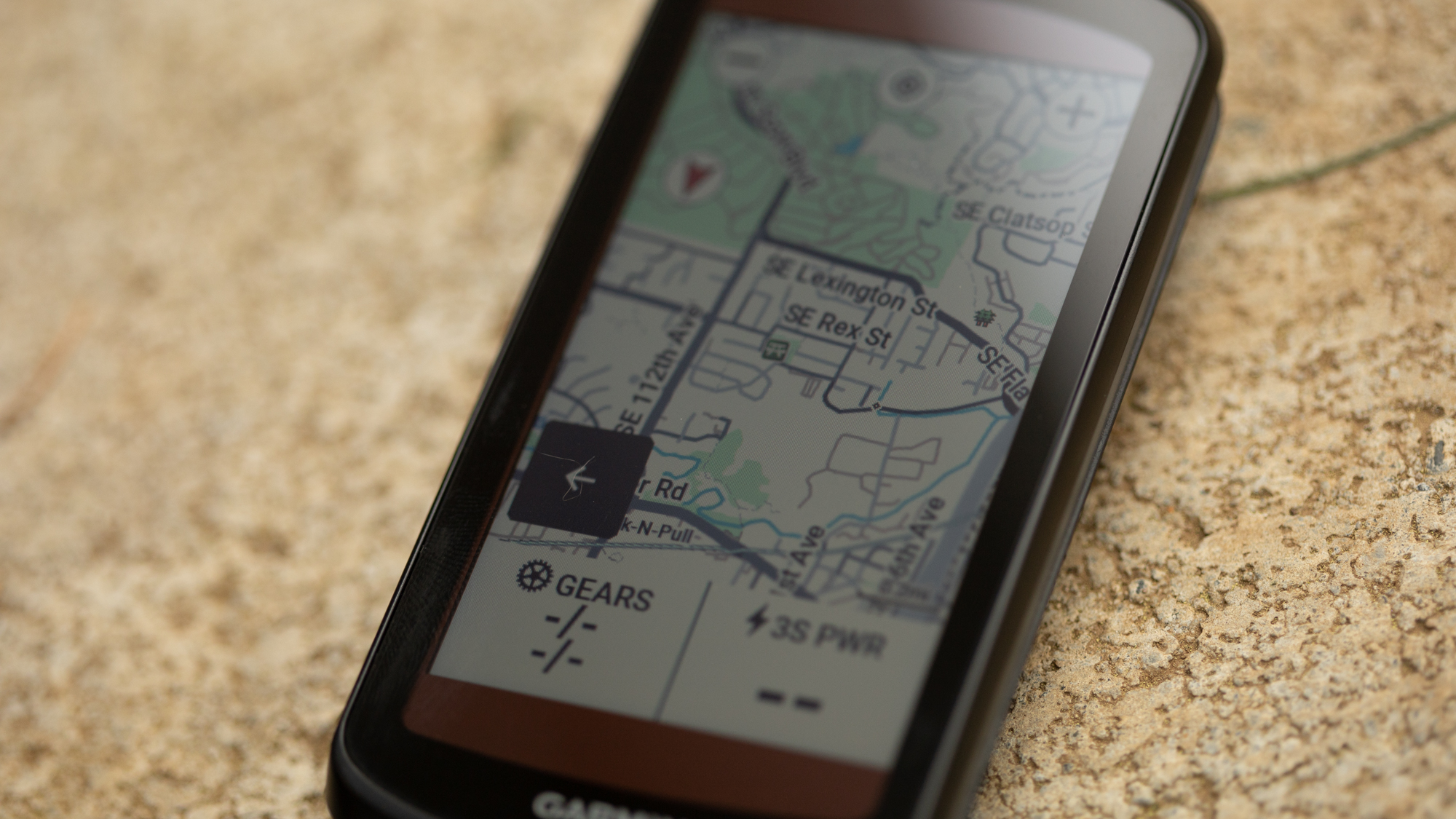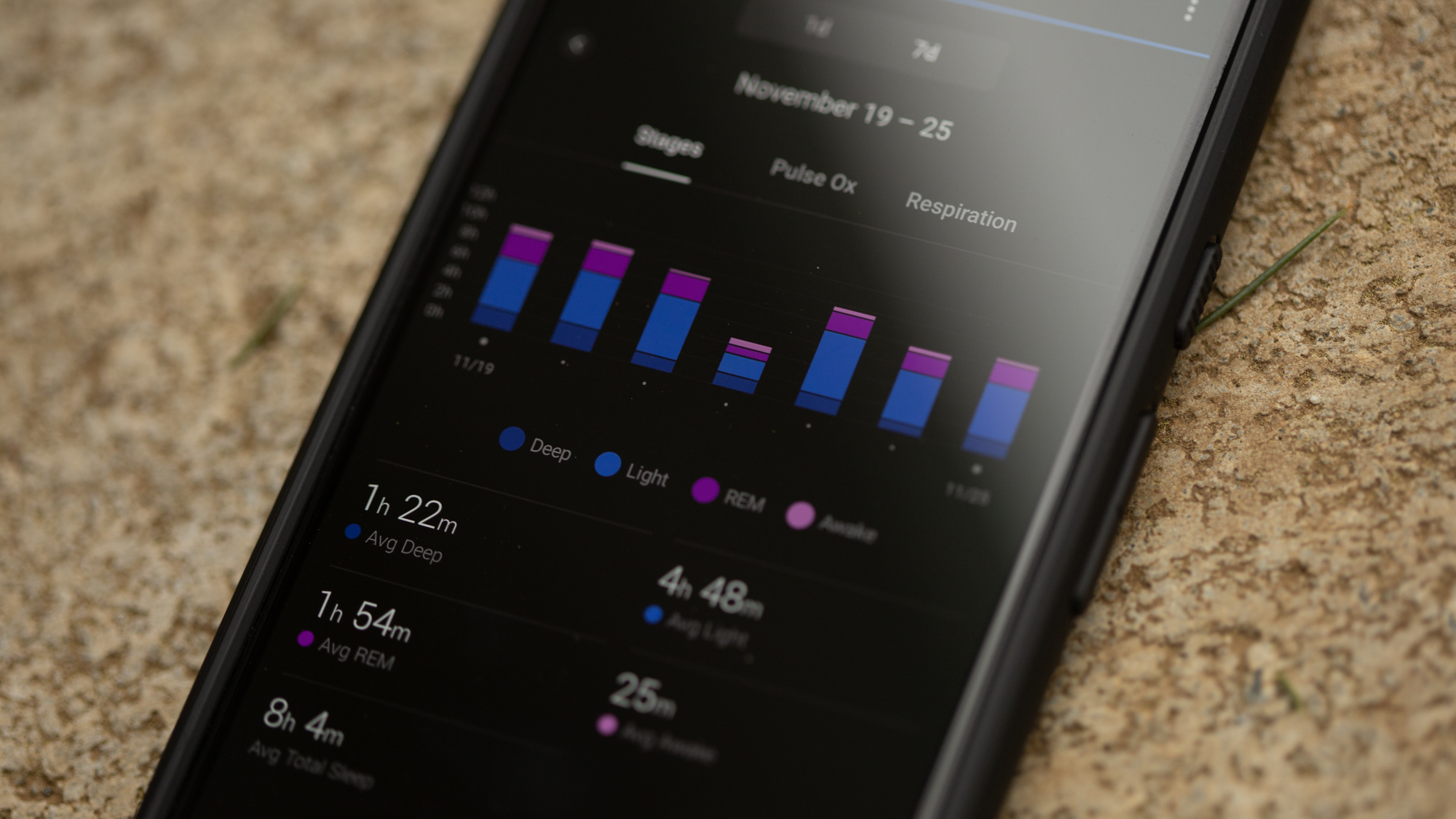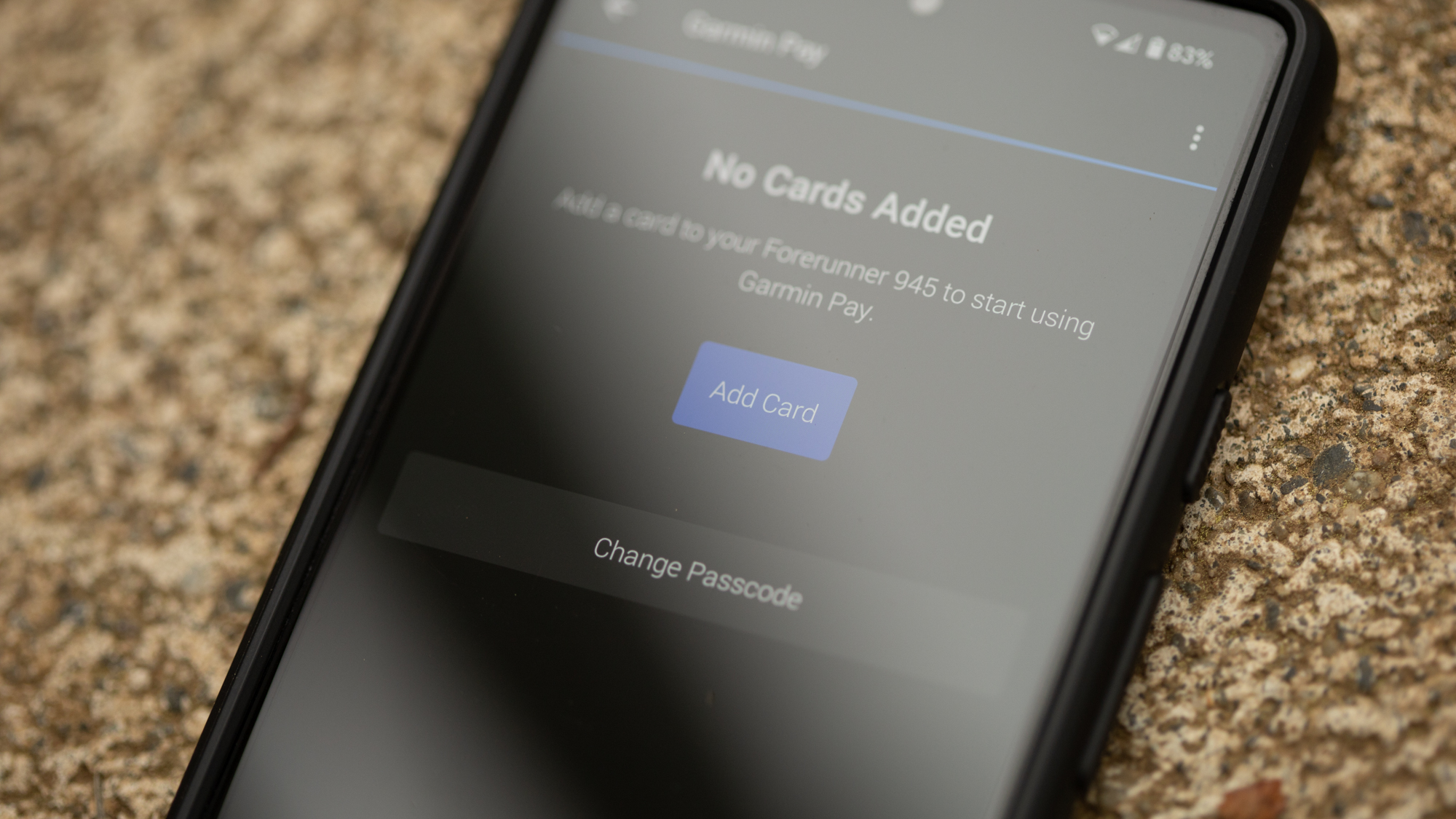Bike computer vs smartwatch: Three simple questions to help you choose the right one for you
What’s the best way to track, navigate, and train for the rides you want to do now and in the future?

As we head out the door on a ride, there's often a desire to add functionality through a bike computer or a smartwatch. Modern technology means GPS-enabled devices can pair with relevant sensors and track our performance as we ride. The same devices can also help with pacing, keep track of our fitness progression, and allow us to follow complex routes to find new adventures. The more advanced the devices, the more they offer but it's not always clear if it makes more sense to choose one of the best bike computers or the best smartwatch for cycling.
Personally, I never leave my house without some means of tracking the ride. I have spent a lot of hours staring at screens while covering long distances. I've even put those computers to the test while riding indoors to see the limits of what they can offer. As much I love bike computers though, there's also a pull to the relative simplicity of a smartwatch. It's right there on your arm, always ready to go, but can it offer the same features? If you are looking at deals on both options and wondering what makes the most sense for you, keep reading to see what's worth considering.

1. Do you want a big screen that’s always in your view?
This is often the easiest way to distinguish between the two choices. With a bike computer, you've got a screen that sits at the front of your bike. There's no need to fit on an arm so the screen size can vary from something that's relatively small like the Garmin Edge 130 or the Wahoo Elemnt Bolt, all the way up to the 3.5-inch screen you'll find on the Garmin Edge 1040 Solar or Garmin Edge 1030 Plus. Even a big watch like the Elemnt Rival tops out at 1.2 inches. If you want to see a lot of data at the same time, a bike computer is the clear winner.
The actual size of the screens isn't the biggest differentiator though. The best smartwatches come from a team of talented designers who've spent a long time figuring out how to present the info you need to see in a way that makes sense with the hardware limitations of a smaller screen. No matter how good the UI design is though, they can't get around the watch living on your arm vs the bike computer being on the front of the bike. If you want to see what your smartwatch is displaying you've got to bring your arm into your field of view and look. Your bike computer needs just a slight redirection of your eyes.
That makes constant view vs occasional view one of the first things to decide on. There are some riders who couldn't imagine not being able to instantly see their data at any moment on a ride. For others that constant readout is a detractor. If you'd rather record your ride without seeing your data constantly, a smartwatch wins. If you want to have a heads-up display while riding, choose a bike computer.

2. Do you want to track your whole life or only your time on a bike?
Bike computers offer features that help you while riding a bike. They pair with your sensors to track your fitness and they offer navigation as you ride. A good bike computer will continue to be usable with something off our list of the best smart trainers but that is still while you are on a bike. When you get off the bike, a bike computer stops being useful.
A smartwatch is there while you ride a bike but it's also there when you run, when you swim, when you walk through your day, and even when you sleep. For multisport athletes, the ability to transition between running, riding, and swimming is going to be a big draw for a smartwatch. Even if you are primarily a cyclist though, the ability of a smartwatch to track the rest of your life is helpful. Smartwatches have heart rate sensors built in so they are always tracking your recovery status and response to training. They often also track your sleep. Garmin smartwatches in particular offer a greater picture of how your training is affecting your body. If you start overtraining, your sleep will suffer and your smartwatch will make that visible.
Get The Leadout Newsletter
The latest race content, interviews, features, reviews and expert buying guides, direct to your inbox!

3. Are you looking for more than just fitness features?
It's difficult to decide between a smartwatch and a bike computer for sports use because they offer very similar features. A bike computer will tend to use its bigger screen to make more info visible at once and a smartwatch will help you off the bike but there is a lot of overlap. There is parity when it comes to things like GPS ride tracking and navigation, connections to the best power meters and the best heart rate monitors, and even battery life. The best smartwatches do more than pure sports tracking though.
A bike computer adds features to your time on a bike but a smartwatch adds features to your whole life. A smartwatch will connect to your phone and provide notifications on your wrist without ever getting your phone out. Or, you can leave your phone at home and some smartwatches will let you connect headphones to play music. Another helpful feature of some smartwatches is NFC technology allowing payments without a phone or a wallet. The bottom line is that a smartwatch can be a lot more than a fitness device. The best in the category bleed into the rest of your life not only for fitness tracking but also offering features that free you of your phone.

Verdict
If you want to make it really simple to decide between a smartwatch and bike computer, think about what you want to focus on. A bike computer is a purpose-built tool for the time spent riding a bike. A smartwatch offers a whole lot more features when you aren't on the bike but will always be somewhat of a compromise while riding your bike.
It's also worth considering the benefit of having both a bike computer and a smartwatch. When I head out on my road or gravel bike, I use a bike computer. I always have the data I need visible and there's nothing on my wrist to interfere with the fit of jackets or gloves. As soon as I get home, I put my smartwatch on so that I can watch my heart rate to see how long it stays high, keep track of how well I sleep, and get all the notifications from my phone without getting it out. If I take my city bike to the store, I don't bother with a bike computer but I can still track the work I do as part of my overall training.
Josh hails from the Pacific Northwest of the United States but would prefer riding through the desert than the rain. He will happily talk for hours about the minutiae of cycling tech but also has an understanding that most people just want things to work. He is a road cyclist at heart and doesn't care much if those roads are paved, dirt, or digital. Although he rarely races, if you ask him to ride from sunrise to sunset the answer will be yes. Height: 5'9" Weight: 140 lb. Rides: Salsa Warbird, Cannondale CAAD9, Enve Melee, Look 795 Blade RS, Priority Continuum Onyx
